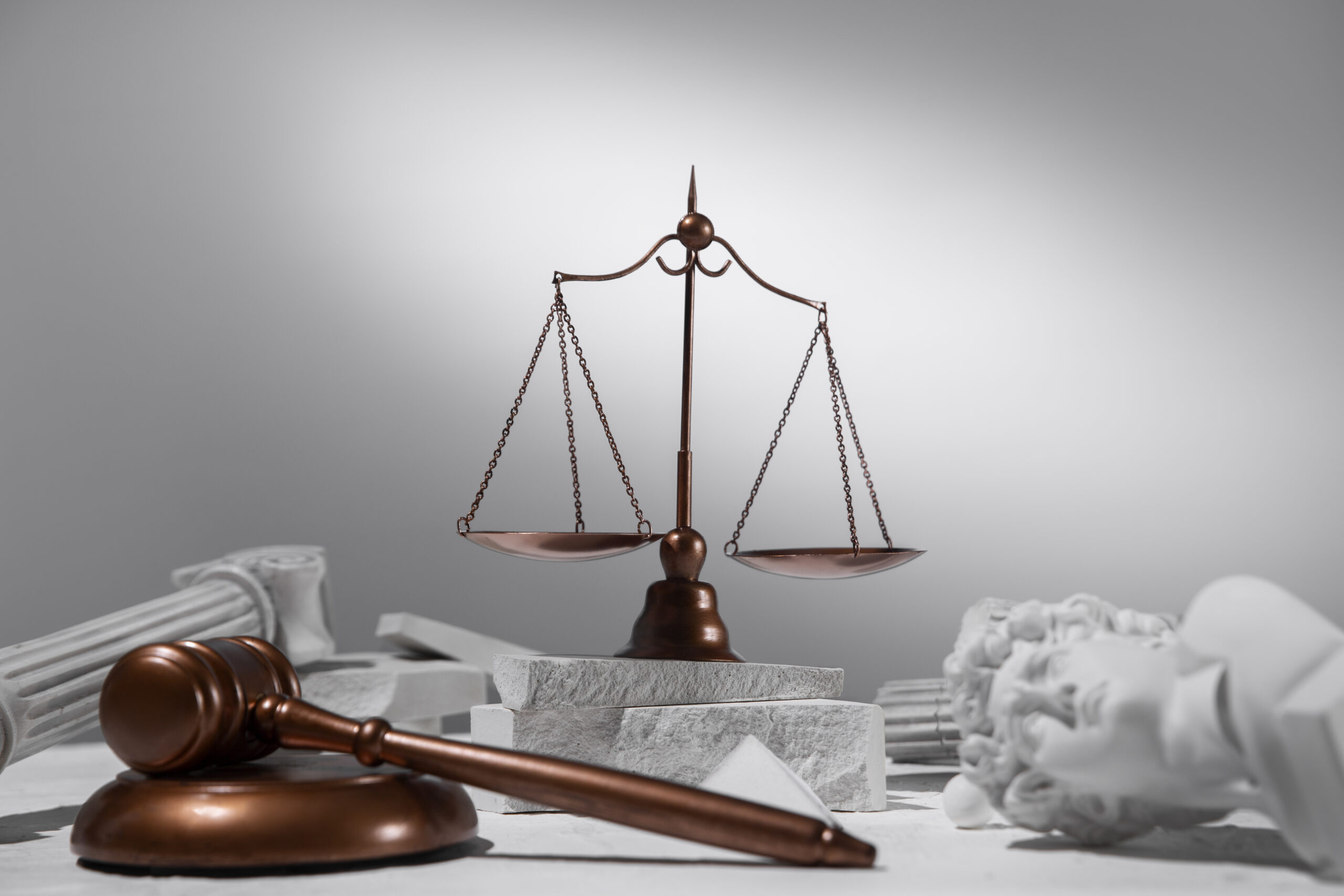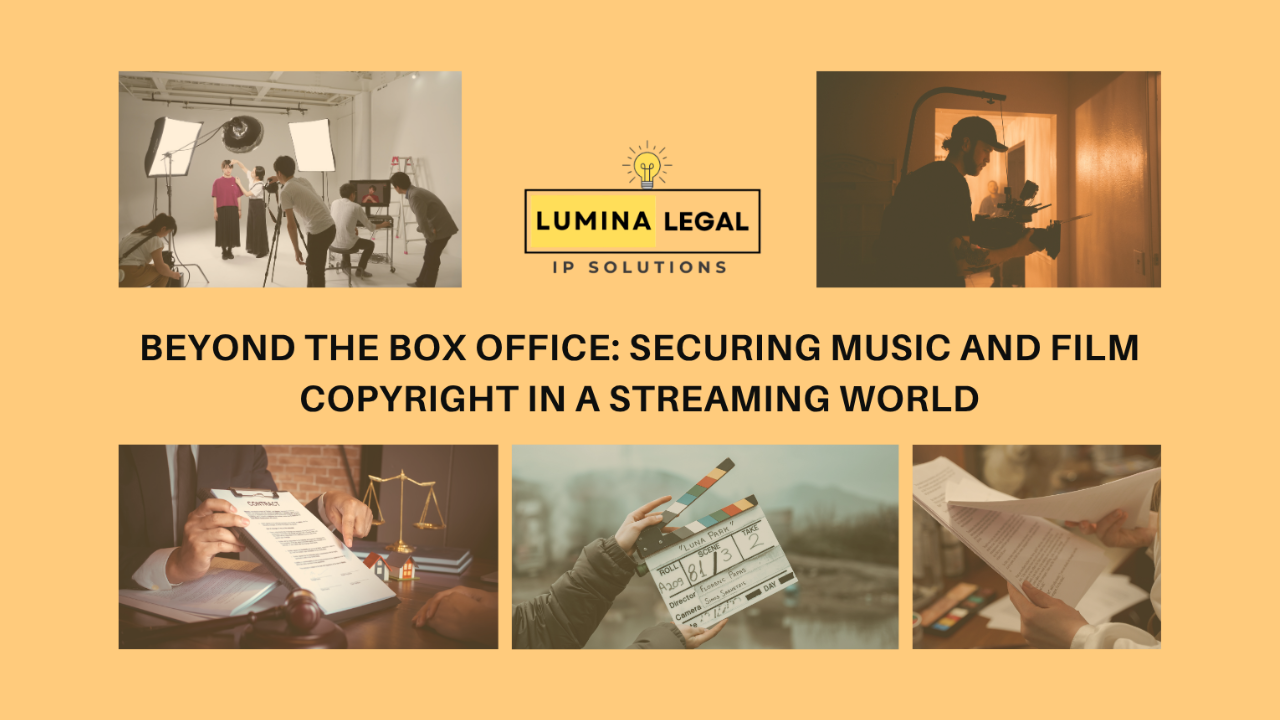Introduction
The rise of Over-The-Top (OTT) media platforms has revolutionized the way audiences consume music and films. Platforms like Netflix, Amazon Prime Video, and Spotify have made entertainment easily accessible worldwide. While this has expanded creators’ reach to global audiences, it has also increased the risk of digital piracy and copyright infringement.
In this digitized era, laws, technology, and enforcement mechanisms must continuously evolve to sustain the creative economy and prevent the collapse of legitimate markets due to illegal downloads and streaming. The Indian entertainment industry, especially the film sector, has achieved unprecedented growth, setting new standards and contributing significantly to the national economy.
However, as filmmakers and authors share their ideas for screenplays, the need for copyright protection becomes critical. Copyright law protects the expression of ideas once fixed in a tangible form and not the ideas themselves.
Under Section 14 of the Copyright Act, 1957, copyright grants creators exclusive rights over their works, including literary, musical, dramatic, and artistic creations such as novels, scripts, films, and songs. The growing competitiveness of the entertainment market has heightened lawmakers’ concerns about preventing duplication, plagiarism, and exploitation.
In short, copyright protection is vital for ensuring that the media and entertainment industry continues to thrive securely and sustainably.Intangibles in the Music and Film Industry
Intellectual Property (IP) is the backbone of the entertainment sector. Films and music heavily rely on copyright laws to safeguard creators’ rights.
Intangibles in the Music and Film Industry
The music and film industry is driven by intangible assets that form the creative and economic foundation of the entertainment ecosystem. Beyond the obvious copyrights in films and songs, several other intellectual property (IP) assets contribute significantly to the industry’s value.
1. Copyrights
- Cinematographic films – visuals, screenplay, dialogue, direction, background score, and editing.
- Musical works – composition, lyrics, and sound recordings.
- Promotional materials – trailers, posters, and teasers.
Copyright ensures creators retain control over reproduction, distribution, and broadcasting.
2. Trademarks and Branding
- Production house logos, film titles, and character names often function as trademarks.
- Famous examples include studio logos like Yash Raj Films or iconic titles like Dilwale Dulhania Le Jayenge.
Trademarks help studios protect brand identity and merchandising rights.
3. Performers’ Rights
Actors, singers, and musicians have performers’ rights protecting live or recorded performances from unauthorized use or reproduction.
4. Moral Rights
Creators hold moral rights to be credited and to prevent distortion or misuse of their work, even after transferring economic rights.
5. Design and Visual Elements
- Costumes, sets, graphics, title designs, and animation assets are often protected under industrial design or copyright laws.
These contribute to the overall visual identity of a production.
6. Scripts, Storylines, and Formats
Original screenplays, dialogues, and series formats (especially for OTT content) are valuable IP assets. Format rights are increasingly traded internationally.
7. Celebrity and Personality Rights
With the growing influence of OTT and digital platforms, celebrity image rights including likeness, voice, and persona are critical for endorsements, virtual avatars, and merchandising.
8. Databases and Metadata
Streaming platforms maintain large data libraries, algorithms, and metadata related to viewership and recommendations these too are intangible assets protected under trade secret or copyright law.
9. Licensing and Merchandising Rights
Film and music IPs generate additional revenue through merchandising, music synchronization, adaptation rights, and franchise expansions.
Trends in Intellectual Property Rights in the OTT Era
Streaming platforms have created new challenges in copyright enforcement. Three major concerns dominate this era:
- Global Digital Piracy – Unlike traditional piracy, digital piracy spreads globally within minutes via file-sharing networks. The massive scale and speed of distribution overwhelm traditional enforcement methods.
- User-Generated Content (UGC) – Short-form videos on platforms like Reels, YouTube Shorts, and TikTok often use copyrighted material under “fair use” claims. This blurs the lines between creativity and infringement.
- Clip Fragmentation and Subscription Fatigue – Exclusive content locked behind multiple streaming services drives users to illegal websites, inadvertently fueling piracy.
Legal Framework and Copyright Laws
India’s copyright framework combines the Copyright Act, 1957 with newer digital regulations. Under Section 51, copyright infringement includes unauthorized reproduction, distribution, or broadcasting of protected works.
The Information Technology (Intermediary Guidelines and Digital Media Ethics Code) Rules, 2021, require OTT platforms to implement multi-layered grievance redressal mechanisms and adhere to ethical standards.
Indian courts have also adopted proactive tools such as John Doe Orders and Dynamic Injunctions to block infringing websites swiftly and effectively strengthening copyright enforcement in the digital space.
OTT Platforms and Copyright Compliance
OTT platforms play a pivotal role in managing and enforcing copyright protection through proactive strategies such as:
- Comprehensive Licensing – Securing all necessary rights, including synchronization licenses for music in films and performance licenses for live or recorded use across all territories.
- Digital Rights Management (DRM) – Encrypting content and disabling screen recording to prevent unauthorized distribution.
- Geo-blocking and Geo-restriction – Restricting access to content outside licensed regions.
- Regular Security Audits – Conducting periodic audits to detect vulnerabilities in streaming systems.
Addressing Copyright Infringement on Streaming Platforms
OTT services use advanced technology-driven tools to identify and mitigate copyright violations:
- Content Identification Systems (Fingerprinting/Watermarking) – Embedding invisible digital markers to detect unauthorized uploads.
- AI & Machine Learning Detection – Monitoring traffic patterns and social media activity to flag potential piracy. This is utilisation of algorithms to detect peaks in traffic, social trends and chatter in the streaming websites that can be overlooked by human teams detecting piracy activities.
- Takedown Notices (DMCA and Legal notices) – Collaborating with anti-piracy organizations and hosting providers to remove infringing material.
- Law Enforcement Cooperation – Partnering with cybercrime units and law enforcement to dismantle piracy networks and prosecute offenders.
Conclusion
Protecting creative works in the OTT streaming environment requires a balance of robust legal frameworks, advanced technological solutions, and strong industry collaboration.
India’s entertainment industry continues to flourish, supported by evolving intellectual property rights (IPR) that safeguard creators, artists, and producers. Although copyright registration is not mandatory, it significantly strengthens the case for speedy judicial enforcement in disputes.
Despite strong laws, practical challenges such as unlicensed distribution and violation of celebrity rights persist. Protecting identity, likeness, and creative ownership remains an ongoing legal priority.
Ultimately, safeguarding music and film copyright in the streaming age is essential not just for creators but for the growth, innovation, and sustainability of the global digital entertainment ecosystem.
About the Author
Parshvi Jain is a third-year B.B.A. LL.B. student at New Law College, Bharati Vidyapeeth Deemed University (BVDU), with a growing passion for Intellectual Property Rights (IPR). As an aspiring IPR professional, Parshvi aims to strengthen her foundation and build a specialized career in protecting and managing intangible assets.


